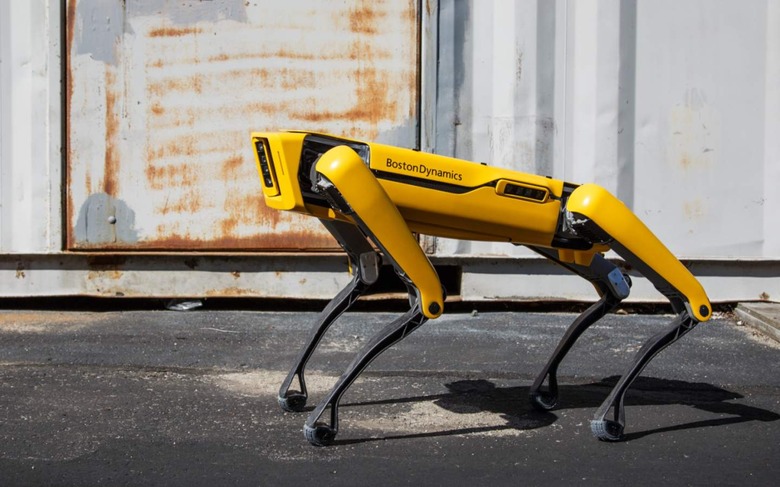Boston Dynamics' Latest Robot Parkour Demo Is More Than Just Bragging
Boston Dynamics may have new owners, but that hasn't slowed the robotics' teams work at teaching Atlas new skills: this time on a custom parkour course. The bipedal 'bot has been showing off its human-like talents for half a decade now, but while recreating the sort of gymnastics that goes viral on TikTok might seem like an odd focus for Boston Dynamics, in fact the company argues it has plenty of real-world applications.
For this particular demo, it's the first time two Atlas robots have been active in the same parkour routine at the same time. It's a dense 90 seconds or so of jumping, vaulting, and flipping, punctuated with jogging and abrupt turns, and it's easy to forget just how complex all of this is to a robot that's trying to figure out the course and balance at the same time.
What's important is that the course itself isn't preprogrammed. While it might be easier for Boston Dynamics if they could just load up all the required motions and then have Atlas carry them out in sequence, that sort of preset pattern isn't really useful for when robots have to deal with the changeable real-world. Instead, the developers teach Atlas different core movements, and the robot itself decides how to combine and implement them according to the terrain at hand.
"In this iteration of parkour, the robot is adapting behaviors in its repertoire based on what it sees," Boston Dynamics explains. "This means the engineers don't need to pre-program jumping motions for all possible platforms and gaps the robot might encounter. Instead, the team creates a smaller number of template behaviors that can be matched to the environment and executed online."
Although backflipping through warehouses or hurdling across office desks might not be especially important skills, the ability for a robot to move from one behavior to another and remain balanced and effective certainly is. The resulting algorithms – shaped and constrained by factors like strength to weight ratio, range of motion, and even physical robustness – have broader applications for Boston Dynamics' commercial robots, such as the Spot robo-dog.

While it's easy to assume that robots are going to be stronger and more capable than humans (and maybe get a little nervous about just what sort of talents they're being programmed with), the human body does still have its advantages. "For example, the robot has no spine or shoulder blades, so it doesn't have the same range of motion that you or I do," Scott Kuindersma, Atlas Team Lead, explains. "The robot also has a heavy torso and comparatively weak arm joints."
For new owner Hyundai, Boston Dynamics is part of a shift toward being "a Smart Mobility Solution Provider," rather than just an automaker. Having acquired the company from SoftBank earlier this year, the big question now is whether Hyundai can squeeze profit out of what Boston Dynamics has been developing.
